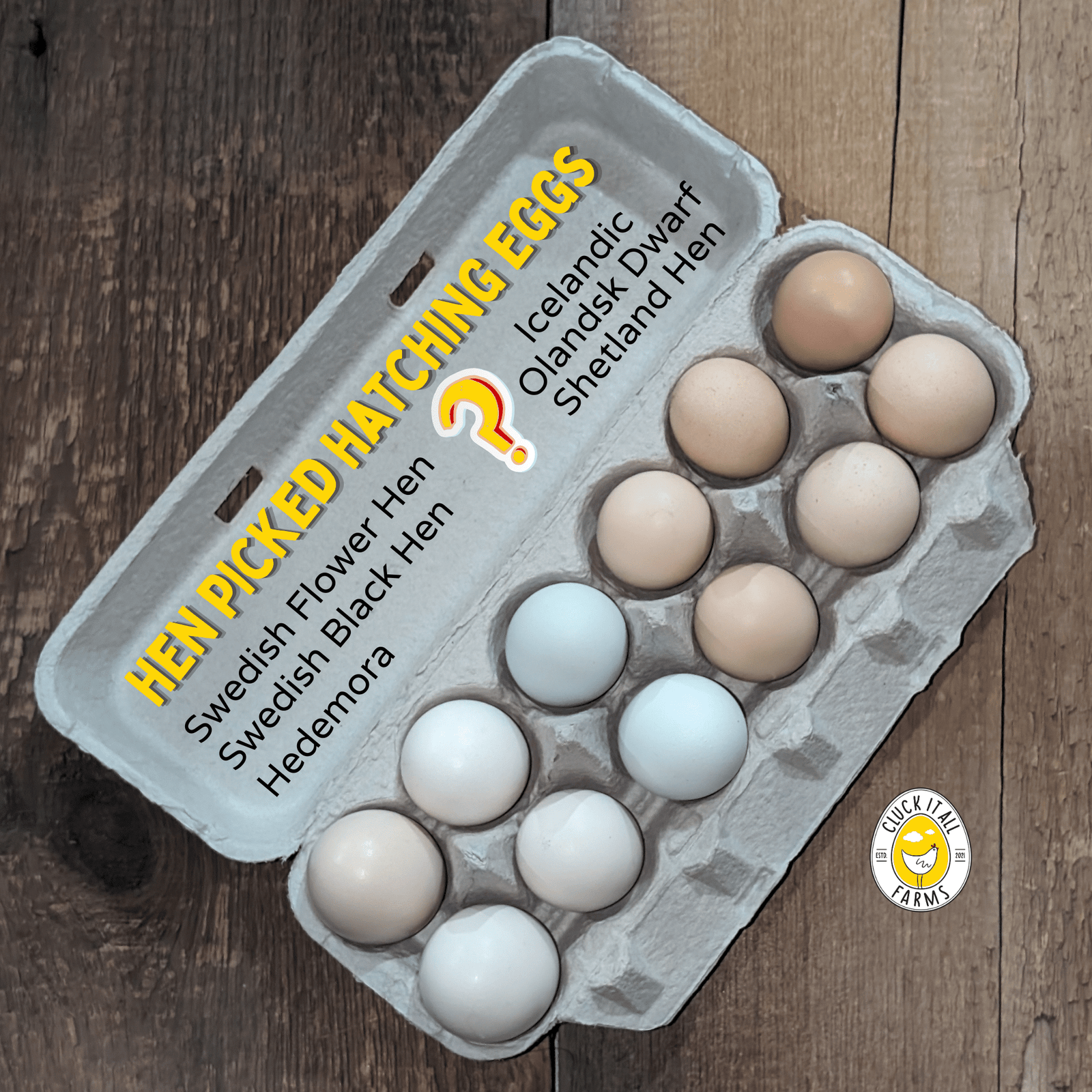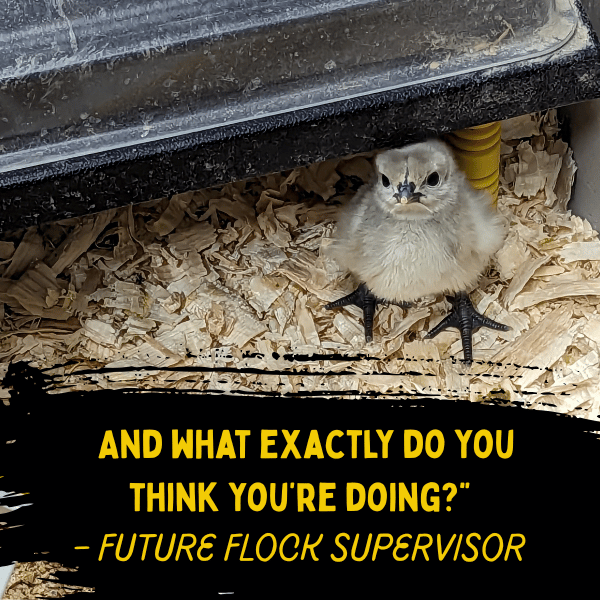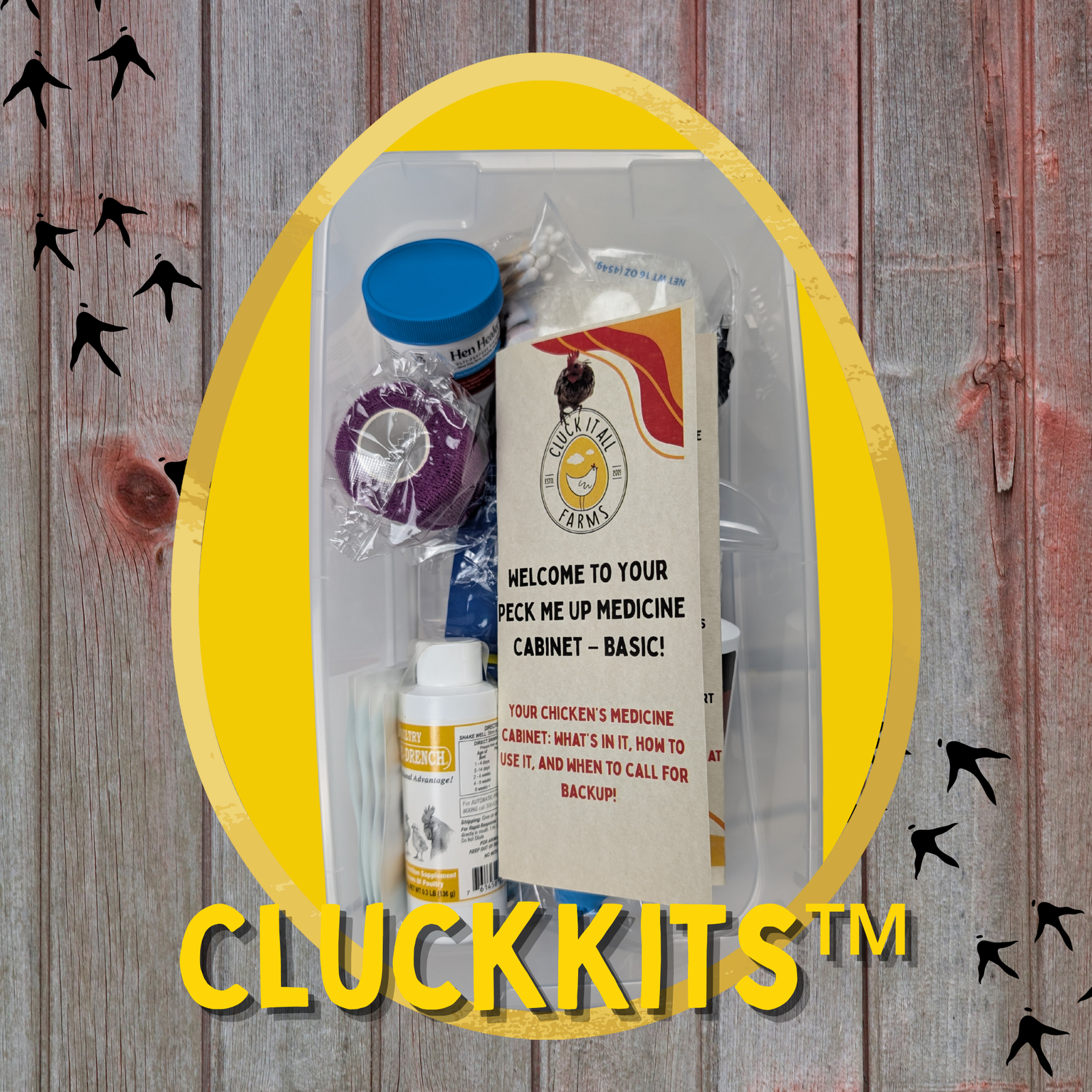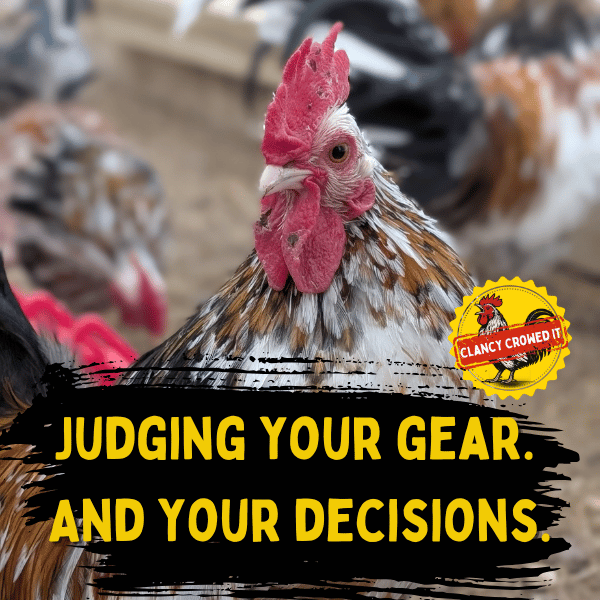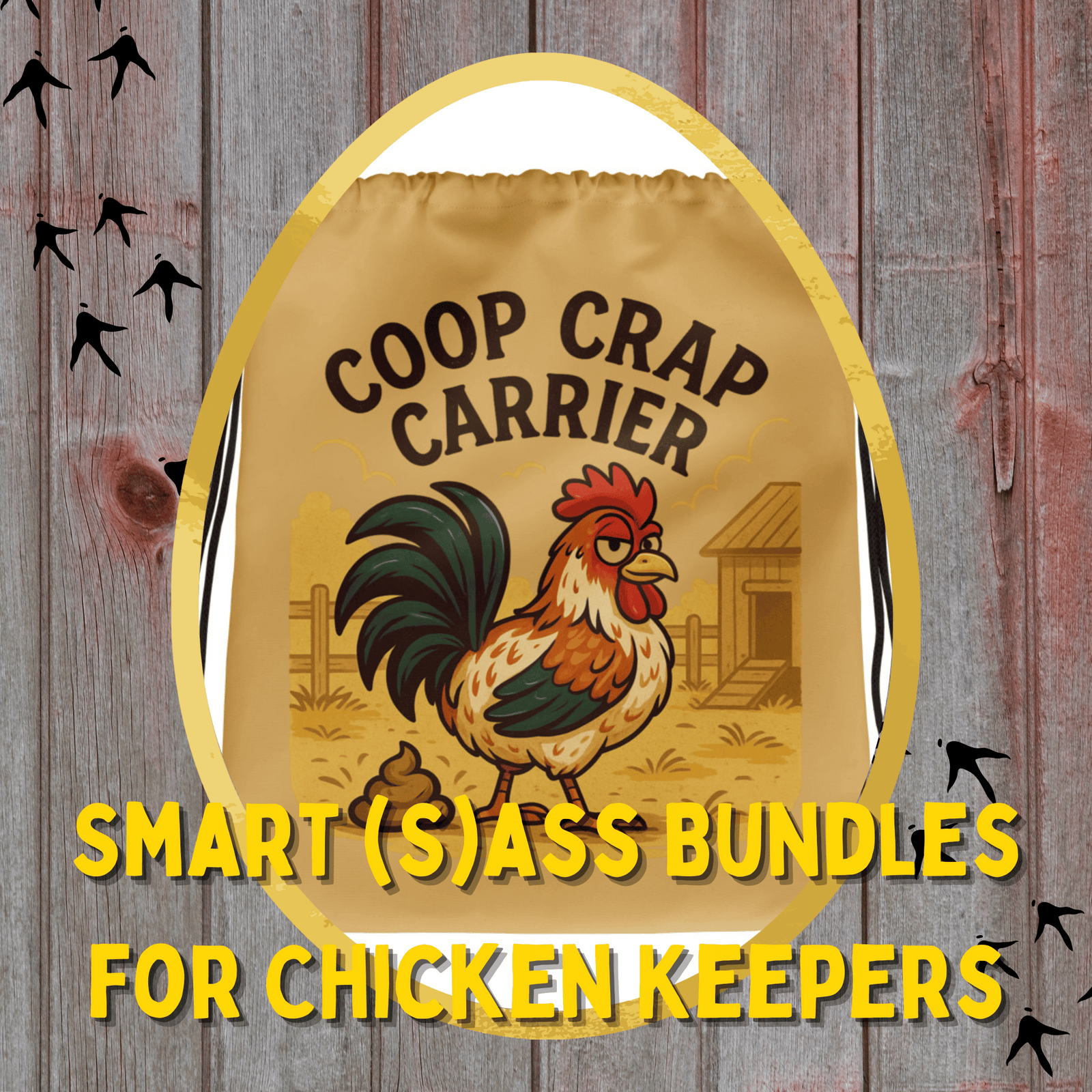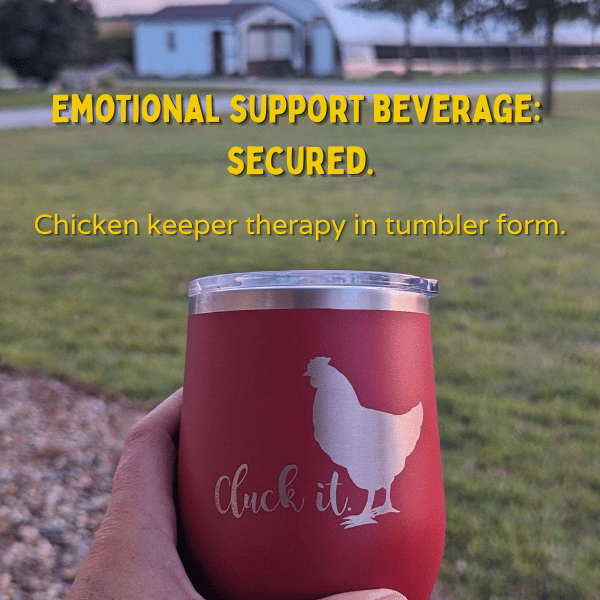Why Did Every Egg Flop? Let’s Get Real.
Did your hatch bomb out? Deep breath. It’s not just you. Even old hands (yep, including us) end up with empty incubators sometimes. Chicken eggs are living things, and hatching is a blend of science, luck, and a sprinkle of postal chaos if you ordered shipped eggs. Here’s how to figure out what really went sideways—and how to tilt the odds in your favor next time. Spoiler: Sometimes, it’s just dumb luck.
Clancy Crowed It:
“A fertile egg isn’t a magic trick. Even with the best setup, sometimes nature just says nope.”
1. Were the Eggs Fertile to Begin With?
Before you start side-eyeing your incubator, let’s hit square one: Were your eggs actually fertile?
🚨 How to Spot an Infertile Egg (for Non-Shipped Eggs):
-
Candle at day 7 and it’s crystal clear? No blood vessels, no dark blobs?
That’s an egg with zero plans—no development, no drama. -
Still nothing by day 10? Time to call it: that egg wasn’t invited to the hatch party.
🚨 BUT WAIT! If Your Eggs Were Shipped…
Don’t jump straight to “infertile” just because nothing’s happening in the shell. Shipped eggs are like reality TV—they can get wrecked before the fun even starts. All that bumping, shaking, and temperature chaos on the road can scramble the embryo before it even gets going, making the egg look infertile when it was actually ready to roll.
💡 How to Actually Tell the Difference
-
Homegrown eggs:
If most of your home-collected eggs are clear, you might have a rooster who’s all talk, no action—or an incubator that’s not playing nice. -
Shipped eggs:
Even a total flop doesn’t mean they weren’t fertile. Shipping can turn a perfectly good egg into a dud faster than you can say “tracking number.”
The only way to know for sure? Crack open an unincubated egg and look for the classic bullseye (blastoderm). But let’s be honest: who wants to bust open a potential chick just to check?
✅ Real-Life Best Practices
-
Shipped eggs? Lower hatch rates are normal. Don’t blame yourself.
-
Candle at days 7–10 for signs of life, but don’t assume every clear egg is a fertility fail.
-
Hatching at home? Crack a few fresh eggs before setting if you want to check fertility without risking your whole batch.
Clancy Crowed It:
“No veining doesn’t always mean no fertility. Sometimes the postal system just hits harder than your rooster.”

2. Early Embryo Death (First Week Failures)
You did everything right—or so you thought—but now you’re staring at a bunch of eggs that started to grow and then called it quits early. Welcome to the heartbreak zone, especially if you’re working with shipped eggs. These little embryos are more delicate than a fresh biscuit, and shipping can rough them up before they even get a chance.
🚨 Signs of Early Death
-
Blood ring when candling: It’s like a tiny “game over” sign inside the egg.
-
Embryo stops before day 7: Started strong, fizzled out. Ouch.
Why Does This Happen?
-
Temperature or humidity drama: Too high, too low, or just bouncing around—embryos are picky.
-
Rough rides: Shipped eggs are especially prone to detached air cells, jostled yolks, and the kind of trauma you wish you could bill USPS for.
-
Bacterial contamination: Dirty hands or a sketchy incubator can ruin everything faster than a spilled coffee on hatch day.
💡 How to (Maybe) Fix It
-
Let shipped eggs rest: Seriously—don’t rush. Give them at least 24 hours to chill before setting them in the incubator. Air cells need to settle after the egg rodeo.
-
Clean hands, clean gear: Wash your hands before handling eggs, and treat your incubator like a newborn’s crib. A little hygiene goes a long way.

3. Temperature & Humidity Mishaps
Let’s be real: Temperature and humidity are the #1 egg killers. You can nail everything else, but if the climate inside your incubator is off—even a smidge—you’re headed for heartbreak instead of peeping chicks.
🚨 Signs You’ve Got Temperature Trouble
-
Chicks hatching early (before day 20): Might mean your temps were a touch too high… but if you’re hatching Swedish Flower Hens or other speed demons, early birds are just part of the game.
-
Late or missing hatches (day 22–23+): Temps likely too low or all over the place.
-
Deformed or weak chicks: Roller-coaster temperatures during incubation are usually the culprit.
🚨 Signs You’ve Got Humidity Drama
-
Shrink-wrapped chicks: If they look sticky and stuck in dry membranes, humidity was too low.
-
“Drowned” chicks: Swollen and mushy? That’s high humidity doing its worst.
💡 How to Actually Fix It
-
Trust issues with incubators: Don’t trust the built-in gauges. Run two thermometers and two hygrometers—your future chicks are worth double-checking.
-
Start drier, finish wetter: Keep humidity at 40–50% for most of incubation, then crank it to 65–75% at lockdown (the last few days).
-
Early but healthy? If you’re getting early hatches but everyone’s thriving, it might just be your breed’s secret sauce—don’t panic.
4. Improper Egg Turning
Chicks aren’t yoga experts, but they do need to move. If your eggs just sit there, the embryos can stick to the shell like old gum on a shoe—making a healthy hatch next to impossible.
🚨 Signs You Forgot to Twist and Shout
-
Chicks are all twisted up or can’t hatch on their own.
-
Embryos are glued to one side of the shell—literally stuck in place.
💡 How to Keep Things Moving
-
Turn, turn, turn: Rotate eggs at least 3–5 times a day. Or, let an automatic turner do the heavy lifting (your sanity will thank you).
-
Lockdown time: Stop all turning at day 18. That’s when chicks need to settle in and line up for the big debut.
5. Late-Term Death or Pipped But Not Hatched
Sometimes, you get so close… only to watch things stall out at the finish line. It’s brutal—but it happens.
🚨 What’s Usually to Blame?
-
Humidity too low during lockdown: Chicks get “shrink-wrapped” in the membrane and can’t bust out.
-
Humidity too high during incubation: Too much fluid = chicks can actually drown in the shell before hatching, thanks to poorly developed air cells.
💡 How to Give Chicks Their Best Shot
-
Keep humidity in check: Stick to 40–50% during incubation, bump it up to 65–75% at lockdown.
-
Seeing lots of late-term losses? Double-check your incubator’s humidity reading against a separate hygrometer—some models fib about their numbers.
Clancy Crowed It:
“If you’ve got a lot of late quitters, don’t just trust your incubator. Humidity lies are more common than honest politicians.”
6. Assisted Hatching: When to Help & When to Wait
The eternal question: save the chick, or step back and let nature work? Here’s when to grab your “chick rescue” cape (and when to just breathe).
🚨 When Should You Actually Help?
-
The chick pipped (made that first crack) over 24 hours ago and hasn’t made progress.
-
The chick is externally pipped but clearly struggling to breathe or looks glued in place.
⚠️ Why Jumping In Too Soon Backfires
-
Bleeding & death: If you break the shell too soon, you can hit blood vessels and lose the chick on the spot.
-
Yolk sac drama: If that yolk isn’t fully absorbed, you risk infection, weakness, or worse. No one wants a chick with a rough start.
💡 Pro Tips for Shrink-Wrapped Chicks
-
Boost humidity: Bump it to 75%+, and keep the incubator closed unless you absolutely have to open it.
-
Dab, don’t drench: If you must intervene, use a warm, damp cotton swab or cloth to gently soften the membrane—don’t soak the whole egg.
-
Assist slowly: Only peel away tiny bits of shell at a time. This isn’t a race.
Clancy Crowed It:
“If in doubt, wait it out. Rushing to ‘save’ a chick can do more harm than good. Sometimes tough love is the best hatch helper.”
Final Thoughts: Don’t Give Up!
Even the most experienced chicken-tenders get hatches that flop. The secret? Learn something new every round, tweak your setup, and never let a bad hatch talk you out of trying again.
🔥 Want better hatches?
Check out our expert guide to incubating shipped eggs for more real-world tips—and a few strong opinions.

